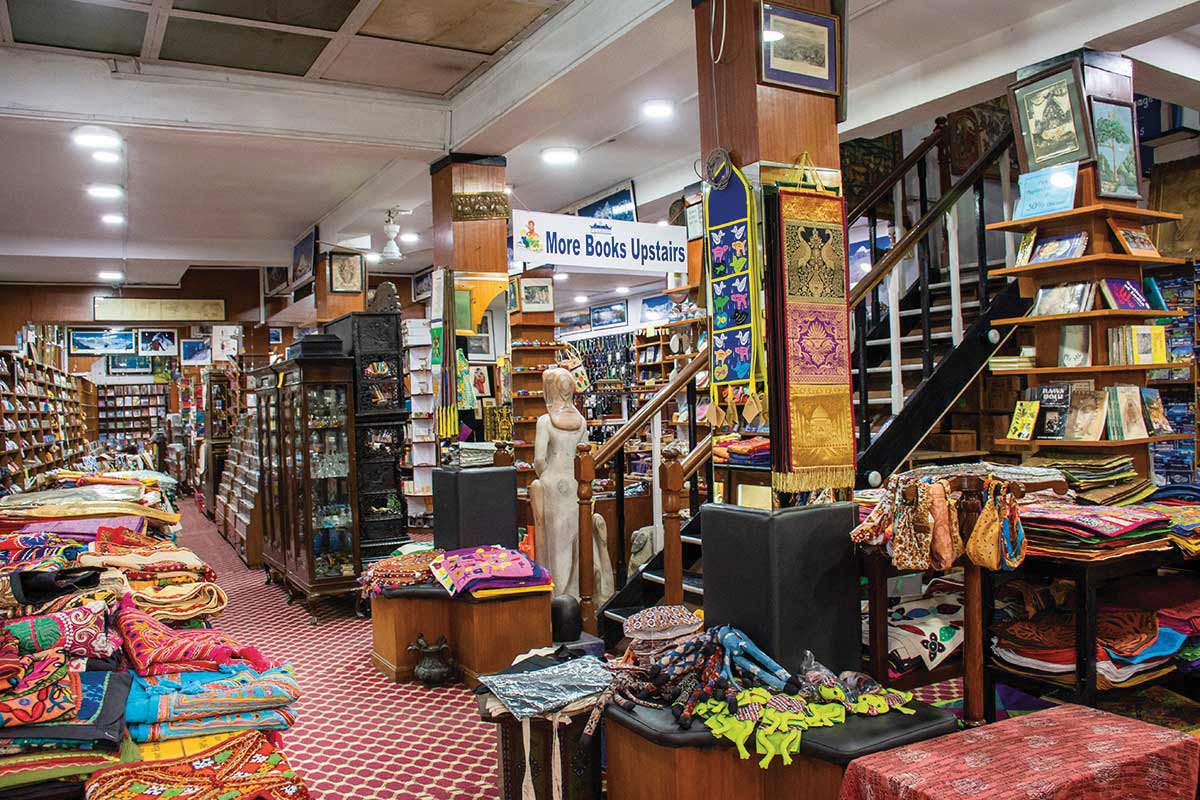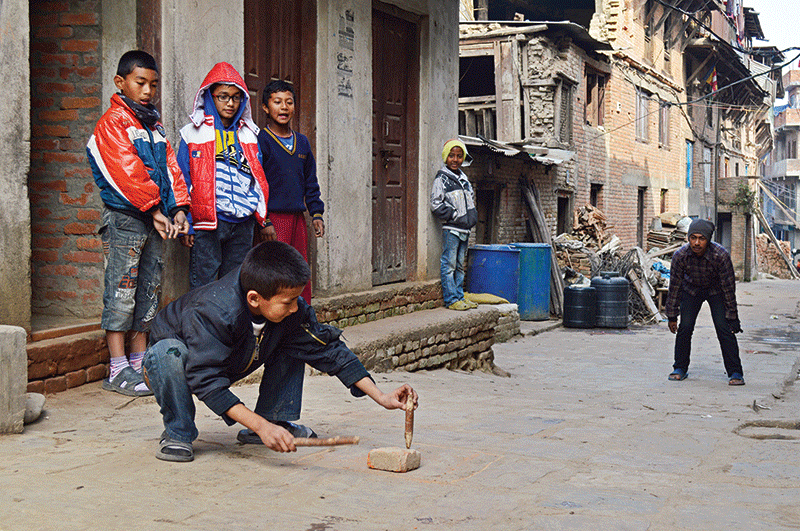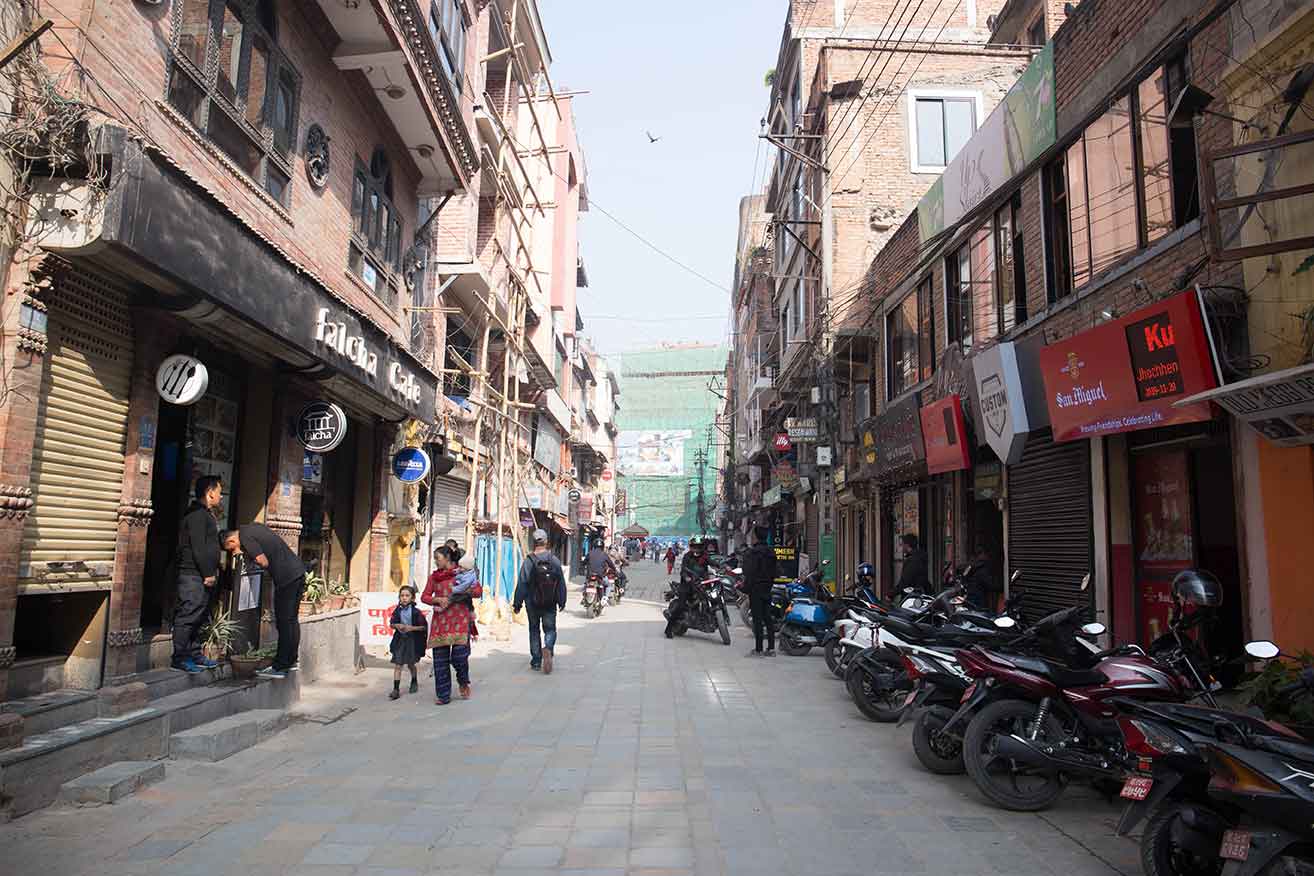In 1888 New York was struck by a very powerful blizzard and the city managers decided that the best response would be to move many city services and utilities underground for protection. This year’s super storm Sandy deluged the city and flooded most of these same services including basement generators, oil storage tanks, the subway etc. In 1833, Kathmandu was completely destroyed by earthquake and again in 1934. People hence built homes that were less tall than the nearest temple as a rule of thumb. The biggest earthquake on record is the one that hit Chile in 1960 and was 9.5 on the Richter scale. The earthquake that hit China in 1556 AD killed 830,000 people. Humans know so many things, and information is so easy to access; and yet it is really difficult to get people to do something about the things we know.
 The Maha bhukampa (earthquake) of 1934 struck Nepal and the Indian state of Bihar just after 2 pm on January 15, 1934. It was above 7 on the Richter scale and killed over 8500 people across Nepal and 15000 were badly injured. According to detailed documentation gathered and published by a team led by Major General Brahma Sumshere Rana, who was charged with the response and recovery, over two hundred thousand homes were devastated. Cities and villages were cut off from the rest of the world.
The Maha bhukampa (earthquake) of 1934 struck Nepal and the Indian state of Bihar just after 2 pm on January 15, 1934. It was above 7 on the Richter scale and killed over 8500 people across Nepal and 15000 were badly injured. According to detailed documentation gathered and published by a team led by Major General Brahma Sumshere Rana, who was charged with the response and recovery, over two hundred thousand homes were devastated. Cities and villages were cut off from the rest of the world.
In the past year and past months, we have had two reminders of what may come. Humans in general, have a big ego and we can often hear people in Kathmandu make passing comments that their houses are “earthquake proof”. First of all, there is no such thing, and secondly how can you be sure that the earthquake will strike when you happen to be at home? As the buildings in Kathmandu rise higher and higher, there is little or nothing being done to upgrade city services and preparations for emergency responses. Looting and crimes could escalate out of control. Recent events in New York should help us understand and prepare accordingly.
Many wonder who will sort through the wires that make up the Kathmandu sky-line? One of the key insights that also need to be understood is how we shall recover the power and water services in a city that has so little even in normal conditions. And then there are thousands of NGOs that will seek your money to help the victims. All of it put together makes it a very challenging job for everyone. Good things can also come after a disaster, the New Road or Juddha Sadak and the Bhugol Park (open space) were built as part of the ‘planned’ reconstruction of the city after the 1934 earthquake. The park contains a memorial for the earthquake victims. Human ego, once again, gets in the way of learning lessons from the past. Brahma Sumshere, in 1934, recommended that fire hazards should be the number one priority. Look at the state of our fire engines and how much budget is allocated by the government to buy and maintain them? There is no “if” about natural disasters but only “when”.











